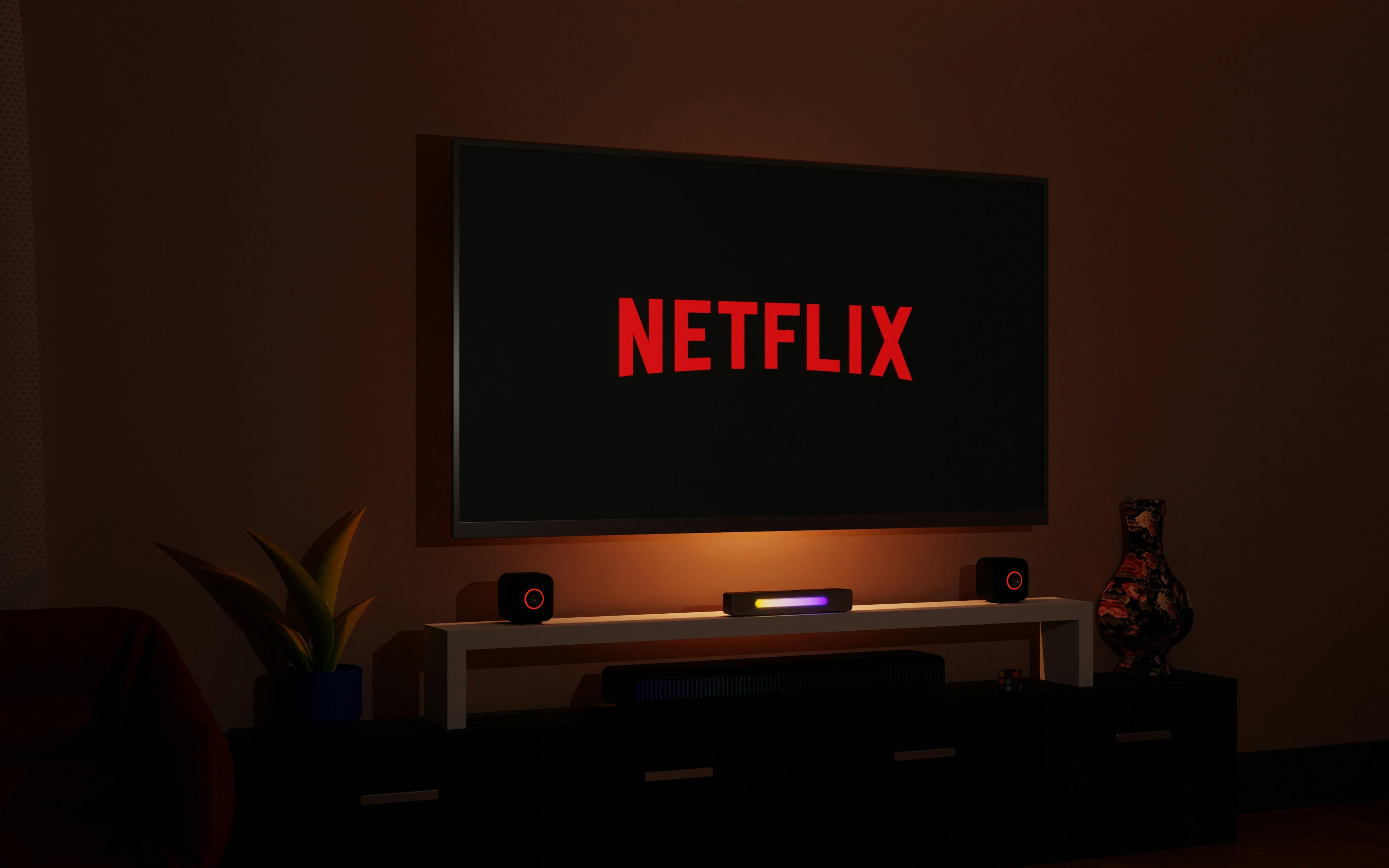In today’s digital age, streaming services have revolutionized the way content is consumed, offering a vast array of entertainment options at the click of a button. While these platforms provide unparalleled access to educational and recreational content, they also raise important questions about their impact on children’s screen time. As parents and educators grapple with the balance between technology and healthy development, it becomes crucial to examine whether streaming services inadvertently encourage excessive screen time for young viewers. This article delves into the dynamics of children’s media consumption, exploring the potential benefits and drawbacks of streaming platforms in shaping modern childhood experiences.
Impact of Streaming Services on Childrens Screen Time
- Accessibility and Convenience: Streaming platforms have made it incredibly easy for children to access a vast array of content at any time. With just a few clicks, kids can watch their favorite shows or discover new ones, often without the need for parental supervision. This constant availability can lead to increased screen time as children find it difficult to self-regulate their viewing habits.
- Content Variety: The diverse range of programs offered, from educational series to animated films, can be both beneficial and overwhelming. While educational content can be enriching, the sheer volume of entertainment options might encourage binge-watching, extending screen time far beyond healthy limits.
- Parental Controls and Monitoring: Many services provide parental control features, but these tools are not always fully utilized. Parents may struggle to balance between allowing autonomy and enforcing limits, which can result in unintended extended viewing periods for their children.
while streaming services offer significant benefits, they also pose challenges in managing the screen time of young viewers. The key lies in finding a balance that leverages the positive aspects of these platforms while mitigating potential drawbacks.
Analyzing Behavioral Patterns in Youth Media Consumption
Understanding the nuances of youth media consumption involves delving into the behavioral patterns exhibited by children when interacting with streaming services. Patterns of usage can often reflect the design and content strategies employed by these platforms. For instance, the autoplay feature encourages continuous viewing, while personalized recommendations can create a loop of engagement that’s hard to break. Such mechanisms not only captivate young viewers but can also lead to prolonged screen time, raising concerns about potential impacts on attention spans and physical activity levels.
Key behavioral patterns observed include:
- Binge-watching: The availability of entire seasons encourages long viewing sessions.
- Content cycling: Children often rotate through a limited set of shows, reinforcing repetitive consumption habits.
- Device switching: Kids may transition between tablets, phones, and TVs, making screen time tracking more challenging.
By examining these patterns, parents and educators can better understand the influence of streaming services and explore strategies to balance screen time with other activities.
Health Implications of Prolonged Screen Exposure
With the rise of streaming services, children are spending more time in front of screens, which can have various health implications. Prolonged screen exposure can lead to physical, mental, and social effects that parents and caregivers should be aware of.
- Vision Problems: Extended screen time can cause digital eye strain, characterized by symptoms such as dry eyes, blurred vision, and headaches.
- Sleep Disruption: The blue light emitted by screens can interfere with the production of melatonin, making it difficult for children to fall asleep.
- Physical Health: Increased screen time is often associated with a sedentary lifestyle, contributing to issues such as obesity and poor posture.
- Mental Health: Excessive screen use may impact emotional well-being, potentially leading to increased anxiety and reduced attention spans.

Strategies for Balancing Entertainment and Offline Activities
Finding a harmonious balance between screen time and offline activities for kids requires thoughtful strategies. Here are some effective approaches to consider:
- Set Clear Boundaries: Establish specific times for streaming and digital entertainment, ensuring they don’t interfere with crucial activities like homework, family meals, or bedtime.
- Encourage Diverse Hobbies: Introduce children to various offline pursuits such as reading, arts and crafts, sports, or music. This not only diversifies their interests but also reduces reliance on screens for entertainment.
- Co-Viewing and Discussions: Engage in co-viewing sessions with your kids, discussing the content together. This not only makes screen time more interactive but also encourages critical thinking.
- Model Balanced Behavior: Demonstrate balanced media consumption yourself. Children often mimic adult behavior, so showing them how to enjoy screen time responsibly can set a positive example.
Integrating these strategies can help create a balanced lifestyle, promoting healthy habits that extend beyond the screen. Remember, the goal is not to eliminate digital entertainment but to ensure it complements a well-rounded daily routine.



